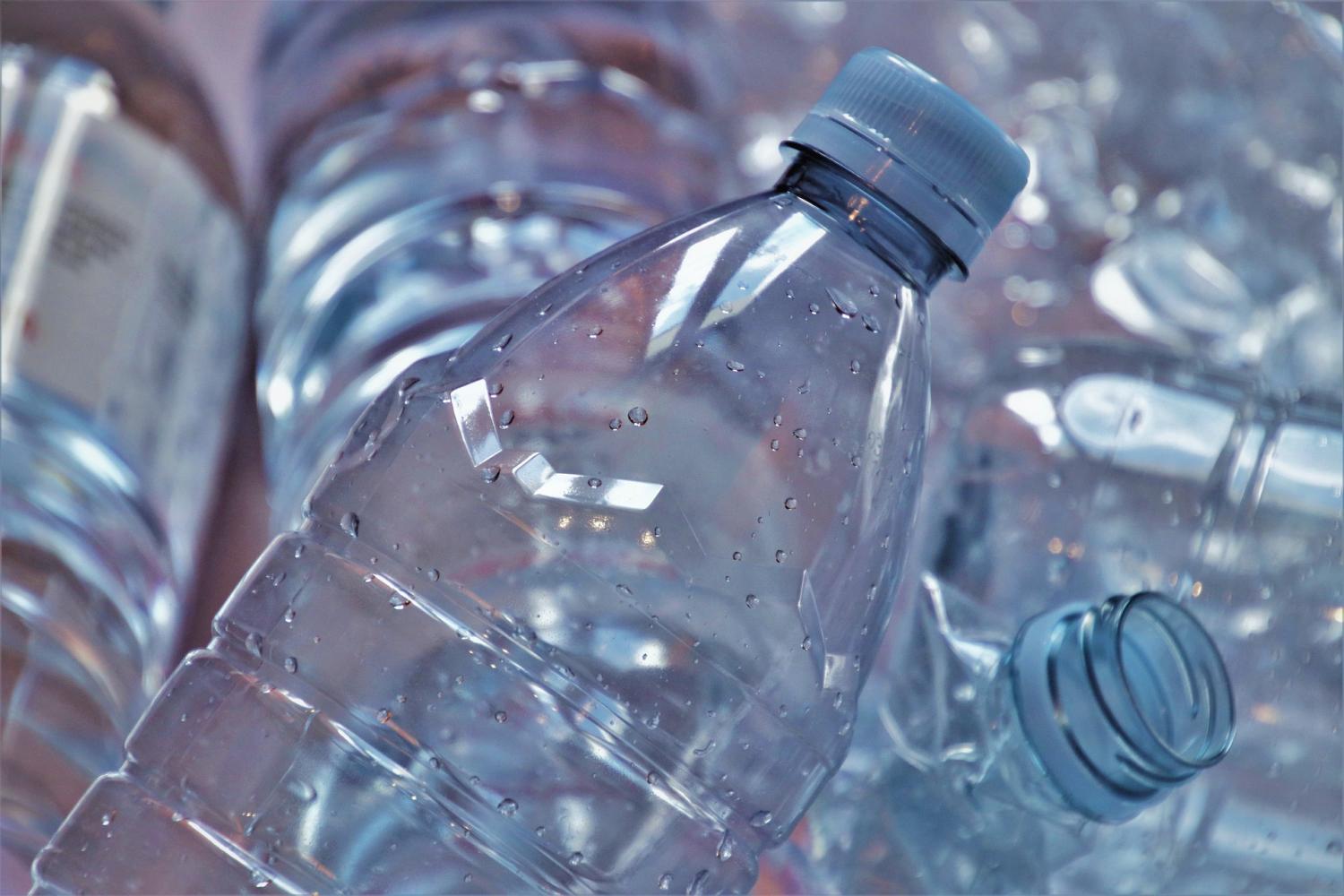
The Golden State's landmark California Beverage Container Recycling system, enacted in 1987 to increase recycling rates for plastic, glass and aluminum beverage containers, is facing a crisis. Plastic bottle redemption rates have fallen from a high of 85 percent to just 75 percent last year, as recycling collection centers close across the state. If legislators don’t work on a fix soon, it could get worse.
“The key factor we identified to be contributing to declining return rates was the failure of the current program to ensure that there are sufficient convenient redemption points,” said Sarah Edwards, CEO of Eunomia North America, in a press statement. “The current container recycling program needs reform.”
What can be done to boost plastic bottle redemption rates in the Golden State?
A report just released by the Changing Markets Foundation and National Stewardship Action Council argues that unspent funds should be utilized by CalRecycle, the state waste management authority, to enhance plastic bottle redemption options and invest in pilot programs. Then, they argue, the bill can hit its long-term goal of a 95 percent recycling rate in the state.
“Modernization of the bottle bill will also bring significant environmental benefits and reduce financial burden on public authorities that are spending half a billion dollars on clean-ups,” said Nusa Urbancic, Campaigns Director of Changing Markets, in a press statement. “Unlocking these benefits, California could, once again, show environmental leadership it is famous for.”
The irony is that California’s bottle system is one of the few functioning plastic recovery programs in the country. Since it was enacted, it has resulted in more than 400 billion beverage containers being recycled. What’s happening in California, though, is part of a larger issue facing the country as a whole. Simply put, the United States is facing a plastic crisis.
Recycling systems can’t keep up with mounting plastic waste
Over the past decade, plastic production and consumption has boomed, but recycling and recovery systems have not. In fact, the national recycling rate has plateaued – and it is the recycling of primarily plastic that is lagging. Only 4.4 percent of plastic was recycled in 2018, as compared to 27 percent for glass, or 66 percent for paper. Part of the problem is the multitude of plastics that exist, but another factor is the limited market for recycled plastic to re-enter the economy. Virgin plastic, produced from oil, is just too cheap.
The end results include the growing mounds of plastic filling up landfills. It got worse since 2018, when China stopped accepting plastic imports. Many cities and states relied on their ability to send plastic to China, as they lacked the facilities to recycle or process it here. China’s ban left many municipalities across the country with a problem – nowhere to send, or, soon, store plastic. Much of it ended up in landfills, and some have even stopped accepting plastic for recycling entirely.
The failure of the California plastic bottle redemption system to keep up is partly a failure of the state, but a big share of the responsibility falls on companies like Coca-Cola, PepsiCo and other beverage producers. For years, they have talked up their green credentials – PepsiCo, for instance, made a commitment to increase their beverage container recycling rate to 50 percent by 2018. Coca-Cola has said it has a goal to collect and recycle a bottle or can for each one it sells by 2030.
But by and large, beverage companies have failed to deliver, and a big part of that is their limited investment into recycling or investments in systems that can help recover and reuse plastic.
Beverage companies’ rhetoric isn’t matching their actions
“Due to public concern about the plastic pollution crisis worldwide, we are witnessing a parade of corporations scrambling to look greener by putting forward false solutions to justify their addiction to single-use packaging,” said Greenpeace USA Global Project Leader Graham Forbes in a press statement.
This is why, even though we know we are using too much plastic, and that we need to cut back on single use plastic in particular, the plastics industry is building new plants to feed our plastic addiction. What’s even worse is the sector’s push to use the ongoing COVID-19 pandemic as an excuse to have cities, states, and other regions rescind plastic bag bans – despite little to no evidence of any public health benefit.
For now, California can be a model by fixing the broken container deposit system, and then passing the even more ambitious California Circular Economy and Plastic Pollution Reduction Act, now currently awaiting vote in Sacramento and already seeing fierce opposition from the plastic industry. The bill, if passed, would regulate all types of single-use plastic packaging, not only bottles. Only then can California play its role in solving the global plastic crisis.
Image credit: Pixabay
Note: the author has done related research work for Changing Markets, though not on this specific report[1]
Can move this around. Technically my research is for a different report on plastic in the US

Nithin Coca is a freelance journalist who focuses on environmental, social, and economic issues around the world, with specific expertise in Southeast Asia.














